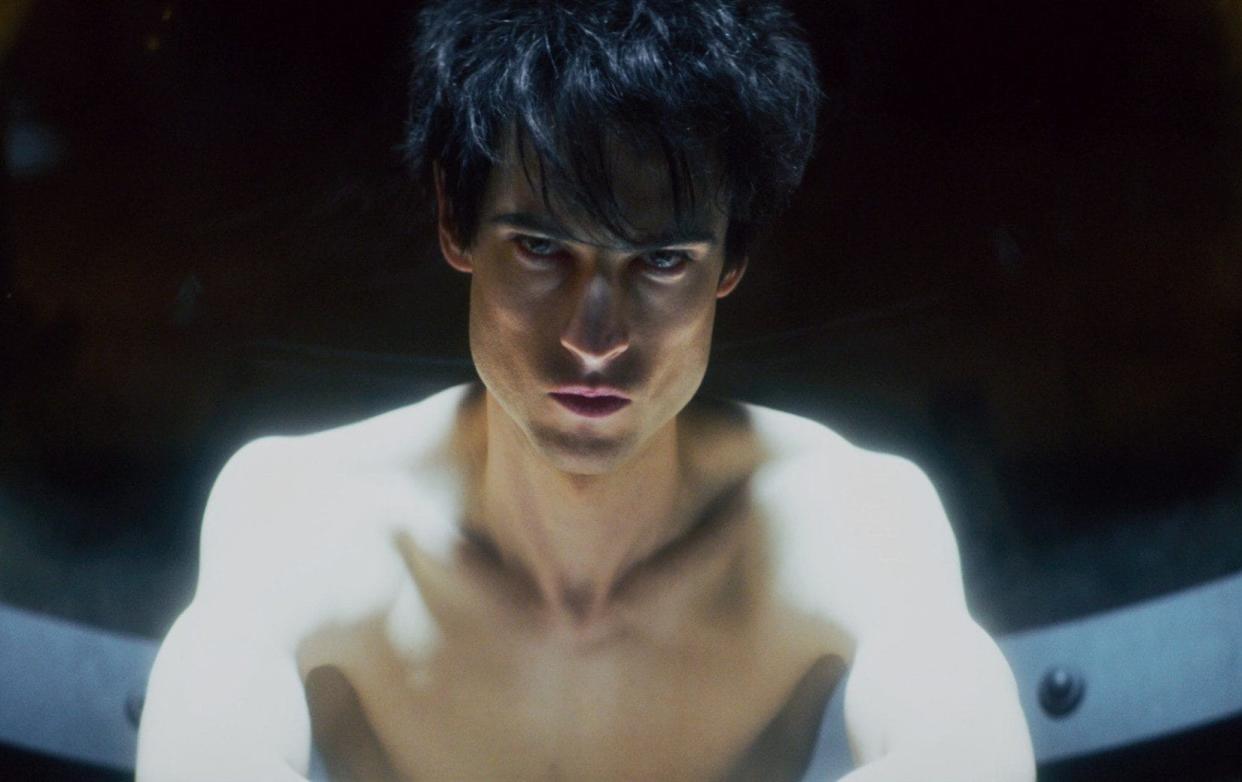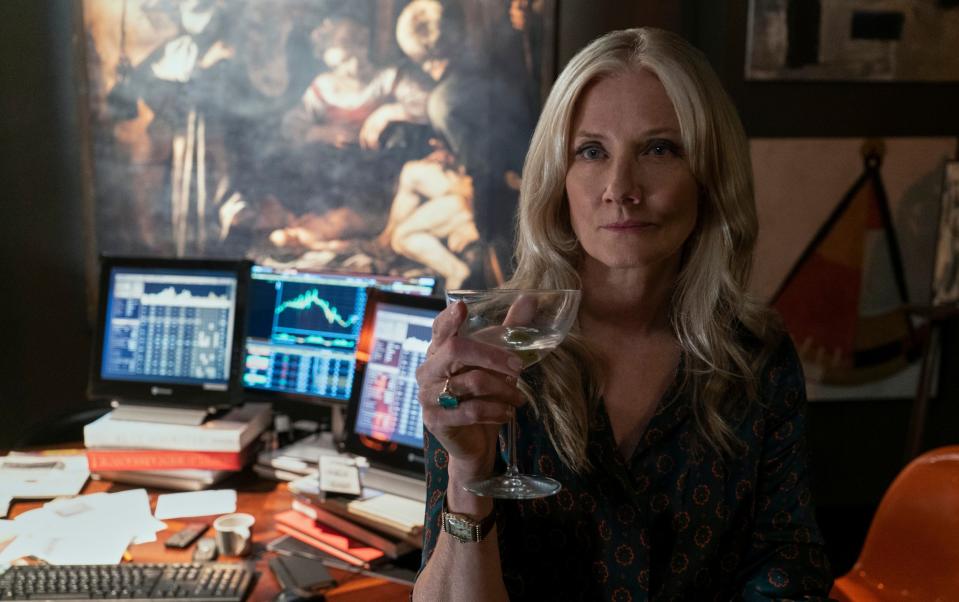The Sandman, review: This gripping gothic romp is the antidote to Marvel burn-out

Strictly speaking, Netflix’s The Sandman is yet another super-hero adaptation churned out to feed the public’s seemingly insatiable appetite for people in weird attire saving the world. But this DC Comics creation is no Thor or Iron Man. Instead of the Incredible Hulk, say hello to the Incredible Sulk.
Morpheus, the Lord of Dreams – nobody actually refers to him as the Sandman – is a gloomy gadabout, who dresses like a depressive version of Cure’s Robert Smith circa 1985. His hair culminates in a sort of tentative, dystopian quiff; his complexion is 50 shades of translucent. And rather than leap tall buildings, he jumps into people’s subconscious – weaving the dreams that thrill and haunt us.
At least he does until kidnapped by Jazz Age occultists. Which is where this often dazzling and otherwise solidly bingeable series kicks off.
The Sandman has long been perceived as the ultimate “unfilmable” comic book. The Neil Gaiman saga for DC’s Vertigo imprint, which ran from 1989 to 1996, surfs a dreamlike logic regarded as impossible to shrink down to TV. Or, if not impossible, then pointless. Characters hopscotch between timelines. The plot has the zig-zag anti-logic of the human imagination running amok. The sheer Eighties goth glumness leaves no space for Marvel-type quips or innuendo.
All of those qualities have been preserved in Netflix’s long-awaited Sandman, developed by Gaiman and Batman v Superman screenwriter David S Goyer. That faithfulness to the source material will delight hardcore Gaiman fans (there is no such thing as a lukewarm Gaiman fan). But The Sandman may also intrigue newcomers burnt out on Marvel spin-offs and open to a comic book caper that sets its sights higher than jokey ultra-violence.
The cast is the stuff of dreams. Game of Thrones’ Gwendoline Christie is ice cool as Satan. Jenna Coleman goes all EastEnders playing cockney demon-hunter Johanna Constantine (gender-flipped from John). Sanjeev Bhaskar and Asim Chaudhry put in a great extended cameo as eternal feuding siblings Cain and Abel. And they really should make up some sort of award to jointly present to Mark Hamill, voicing a talking squash named Merv Pumpkinhead, and to Lenny Henry, playing the furry dream monster Martin Tenbones.
Most impressive of all is Tom Sturridge as mooching Morpheus himself. In the original comic Morpheus’s speech bubbles are rendered in jet black; Sturridge, a devotee of the material, gets that riotous gloominess just right. He truly does sound as if every word he utters arrives dripping midnight-hued ink. He’s also so pale he makes Robert Pattinson look as if he's recently returned from a fortnight in Lanzarote.
The 10-part series bites off a lot, taking in the first two of the collected Gaiman graphics novels. But it moves quickly, the episodic nature of the books well-suited to television. Only at the very end does it fall apart, when Gaiman and his co-writers are required to gobble together a conventional season finale which feels forced.
Until then it’s a gripping goth romp – one that at moments feel like The Avengers for Sisters of Mercy fans. Morpheus is one of the Endless, a family of inter-dimensional beings serving as midwives to the human experience. Their ranks also include Death (Kirby Howell-Baptiste – a standout in the strongest episode) and Desire.

The latter is played by Mason Alexander Park as a sort of nightmare mash-up of Annie Lennox, Mark Almond and a wine bar yuppie celebrating the deregulation of the London Stock Exchange. The performance is irresistible, though it’s one of the few examples of the source material’s late Eighties origins shine through.
The Sandman starts relatively conventionally in a Downton Abbey-style pile in 1916, where an embittered wizard Sir Roderick Burgess (Charles Dance) attempts to summon Death so that his son, slain in the war, can be brought back. He instead conjures Dream, who arrives wearing a nightmarish elephantine mask that will be familiar from the comic book and is locked away for decades by Burgess and his descendants.
With Morpheus imprisoned, the dream world falls into ruin and a plague of troubled sleep is unleashed (some people become trapped in an eternal snooze). The action from there leaps all over the place – spanning time, dimensions and genre. That multifaceted approach extends to the characters, who are more diverse than in the comic books.
That this has provoked rancour online says more about the closed minds of certain corners of the nerd community than about Gaiman. If the idea of Death as a young black woman keeps you awake at night, then the best advice is to delete your Reddit account and go for a walk.
The Sandman arrives as the latest addition to the troubled Neil Gaiman television universe. American Gods on Amazon started promisingly only to melt away in a white heat of indecipherable plotting. Similarly, the BBC/Amazon tilt at Good Omens, his beloved collaboration with Terry Pratchett, was far too pleased with itself.
But The Sandman mostly gets it right and is as authentic an adaptation as might be reasonably expected. For Gaiman fans, it’s finally game on.


